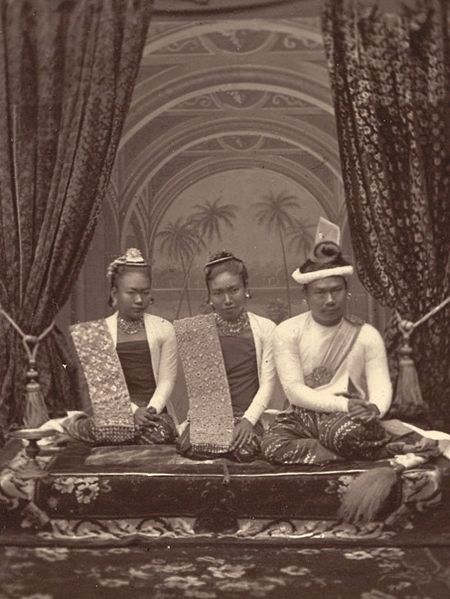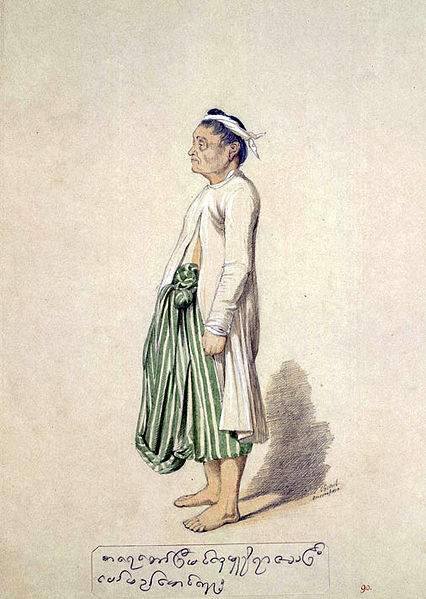Burmese–Siamese War (1849–1855)
The Burmese–Siamese War of 1849–1855 or Siamese Invasions of Kengtung or Kengtung Wars were military expeditions of the Siamese Rattanakosin Kingdom against the Tai Khün State of Kengtung, which had been under Burmese suzerainty under the Konbaung dynasty. The dynastic struggles in Tai Lue State of Chiang Hung or Sipsongpanna prompted Siam, in cooperation with the Kingdom of Lanna, to invade Kengtung in order to gain access to Chiang Hung. In the First Invasion in 1850, the Siamese court had ordered the Lanna Lord of Chiang Mai to organize the offensives against Kengtung. Lanna troops failed to conquer Kengtung. Two other expeditions occurred in 1852 and 1853 as Bangkok commanded its troops to directly participate in the invasions. Both expeditions also failed because of internal issues and geographical unfamiliarity. The State of Kengtung under the leadership of Saopha Maha Khanan, with limited assistance from Burma who had been embroiling in the Second Anglo-Burmese War, managed to resist Siamese-Lanna invasions three times.

Lanna-Siamese Expeditions to Kengtung in 1850, 1852-1853 and 1853-1854 Green represents Shan States under Burmese suzerainty including Kengtung. Red represents Lanna-Siam.
A watercolor of 3 Burmese infantry soldiers in 1855. It was not until soldiers like this were dispatched to combat the Siamese invasion that Siam was finally driven out of Burma.
Prince Vongsathirat Sanid, younger half-brother of King Mongkut, was the supreme commander of Siamese Expedition to Kengtung in 1852–1854.
James George Scott was the British envoy to Kengtung in 1890 to finalize British acquisition of Kengtung to be under British rule.
The Konbaung dynasty, also known as the Third Burmese Empire (တတိယမြန်မာနိုင်ငံတော်), was the last dynasty that ruled Burma/Myanmar from 1752 to 1885. It created the second-largest empire in Burmese history and continued the administrative reforms begun by the Toungoo dynasty, laying the foundations of the modern state of Burma. The reforms, however, proved insufficient to stem the advance of the British, who defeated the Burmese in all three Anglo-Burmese Wars over a six-decade span (1824–1885) and ended the millennium-old Burmese monarchy in 1885. Pretenders to the dynasty claim descent from Myat Phaya Lat, one of Thibaw's daughters.
The Lion Throne of Burma in the throne hall of the Amarapura Palace (painting by Colesworthey Grant, 1855)
The Shwedagon Pagoda during the First Anglo-Burmese War (1824–26)
The last king, Thibaw Min (right), here with Queen Supayalat and her sister Junior Queen Supayalay, was forcibly deposed by the British following the Third Anglo-Burmese War in 1885.
A royal scribe, 1855








